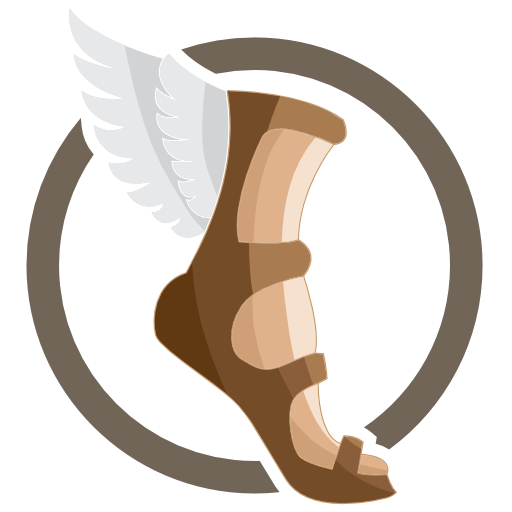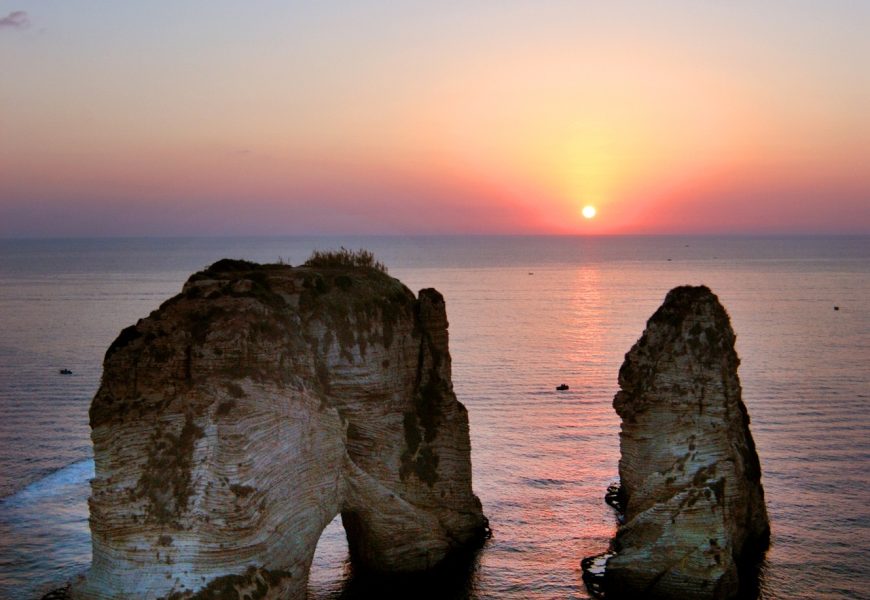Lebanon, a country nestled along the eastern Mediterranean coast, offers travelers a rich tapestry of history, culture, and natural beauty. From its ancient ruins to vibrant cities and delectable cuisine, Lebanon promises an unforgettable experience.
Top Destinations
Beirut: The capital city, often dubbed the “Paris of the Middle East,” boasts a lively nightlife, diverse culinary scene, and historical sites like the National Museum and Pigeon Rocks.
Byblos (Jbeil): One of the world’s oldest continuously inhabited cities, Byblos offers ancient ruins, a charming old souk, and picturesque harbor views.
Baalbek: Home to some of the most impressive Roman ruins, including the Temple of Bacchus and the Temple of Jupiter, Baalbek is a testament to Lebanon’s rich history.
Jeita Grotto: A stunning limestone cave system featuring impressive stalactites and stalagmites, accessible via boat and footpaths.
Cedars of God (Horsh Arz el-Rab): Located in the Kadisha Valley, this ancient cedar forest is a UNESCO World Heritage site and a symbol of Lebanon’s heritage.
Culinary Delights
Lebanese cuisine is renowned for its freshness and variety. A typical meal often begins with mezze, a selection of small dishes such as:
Hummus: A creamy blend of chickpeas, tahini, lemon juice, and garlic.
Tabbouleh: A refreshing salad made with parsley, tomatoes, bulgur, and mint.
Baba Ghanouj: A smoky eggplant dip mixed with tahini, garlic, and lemon juice.
Main courses might include:
Kibbeh: Considered the national dish, kibbeh consists of ground meat (usually lamb or beef) mixed with bulgur wheat and spices, often shaped into balls or patties.
Shawarma: Marinated meat, typically beef or chicken, slow-cooked on a vertical rotisserie and served in flatbread with various accompaniments.
Manakish: A popular breakfast item, manakish is a flatbread topped with za’atar (a blend of thyme, sesame seeds, and sumac), cheese, or minced meat.
To conclude your meal, indulge in baklava, a sweet pastry layered with nuts and honey, accompanied by a cup of strong Lebanese coffee.
Do’s and Don’ts
Do’s:
Dress Modestly: While Lebanon is relatively liberal, especially in Beirut, it’s respectful to dress modestly when visiting religious sites or rural areas.
Learn Basic Arabic Phrases: Simple greetings in Arabic can go a long way in connecting with locals.
Respect Religious Customs: Be aware of religious practices, especially during Ramadan, and act accordingly.
Bargain in Markets: Haggling is common in local markets (souks), so feel free to negotiate prices.
Don’ts:
Discuss Politics: Avoid engaging in political discussions, as Lebanon’s political landscape is complex and sensitive.
Photograph Military Sites: Refrain from taking photos of military installations or personnel to avoid legal issues.
Display Affection Publicly: Public displays of affection are frowned upon in certain areas, so it’s best to be discreet.
Safety Considerations
Before traveling, consult the latest travel advisories. As of January 2025, some governments advise against travel to certain areas in Lebanon due to security concerns. Always stay updated and exercise caution. (travel.state.gov)
Best Time to Visit
The ideal times to explore Lebanon are during the spring (March to May) and autumn (September to October) months, when the weather is mild and conducive to sightseeing and outdoor activities. (wanderlustmagazine.com)
Lebanon’s blend of ancient history, cultural diversity, and culinary excellence makes it a captivating destination for any traveler.
Sources:


